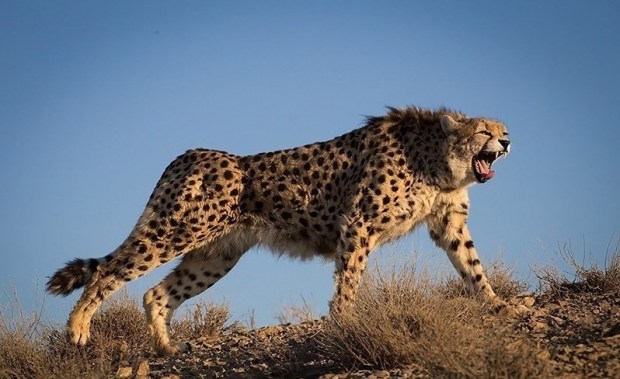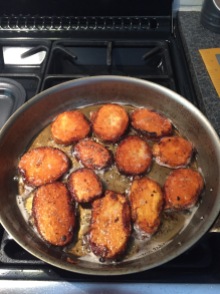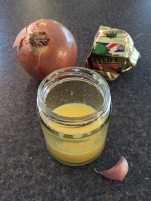Iran, known as Persia until 1935, became an Islamic republic in 1979, after the ruling monarchy, Shah Mohammad Reza Pahlavi, was overthrown and forced into exile. Ayatollah Ruhollah Khomeini, who had previously been in exile, returned to form a new government and became the country’s Supreme Leader until his death in 1989. He was named Man of the Year in 1979 by American news magazine TIME for his international influence, however he remains a controversial figure and was criticised for human rights violations of Iranians.
Iran is one of the world’s most mountainous countries with ranges such as the Caucasus, Zagros and Alborz Mountains. The northern part of Iran is covered by dense rain forests called Shomal or the Jungles of Iran. One of the most famous members of Iranian wildlife is the critically endangered Asiatic cheetah, also known as the Iranian cheetah, whose numbers were greatly reduced after the 1979 Revolution.
Iran ranks seventh among countries in the world, in terms of the number of World Heritage Sites recognised by Unesco. These include the Persepolis ruins, Golestan Palace, The Persian Garden, Susa (Archaeological mounds) and Meidan Emam, Esfahan public square.
Popular dishes in Iranian cuisine include Luleh Kabob (lamb kebab), Chelo (plain rice), Āsh-e anār (soup made with split peas and pomegranate juice), Gormeh Sabzi (Green Herb Stew), Bademjan (Eggplant And Tomato Stew), Baghali Polo ba Morgh (chicken with fava bean and rice) and Sohān-e-Asali (honey toffee). I decided to cook Khoresht-e Karafs (lamb and celery stew) which I served with saffron infused rice. It had a sweet flavour and the lamb was really succulent.
Rating: 8/10
Serves: 4
Prep time: 20 minutes
Cook time: 1 hr 15 minutes
500 g lamb or beef, cut into cubes
5 celery stalks
1 bunch fresh mint
1 bunch fresh parsley
3 medium onions
1 cup fresh lime juice
2 tbsp sugar
1/2 cup of cooking oil
1/2 tsp salt
1 tsp turmeric
1 tsp black pepper
Peel and thinly slice onions
Fry in oil until slightly golden
Add the meat to the onions with turmeric and black pepper until color changes
Add 2-3 glasses of hot water and bring to boil
Cook over medium heat for about 45 minutes, adding more hot water during cooking if needed.
Wash celery and cut into 3 cm pieces
Finely chop mint and parsley and fry slightly in oil
Add celery, mint, parsley, salt to the meat and continue cooking for about 20 minutes (celery should not become too soft).
Add lime juice and sugar to taste and cook for another 3-4 minutes
Serve with saffron infused rice


































